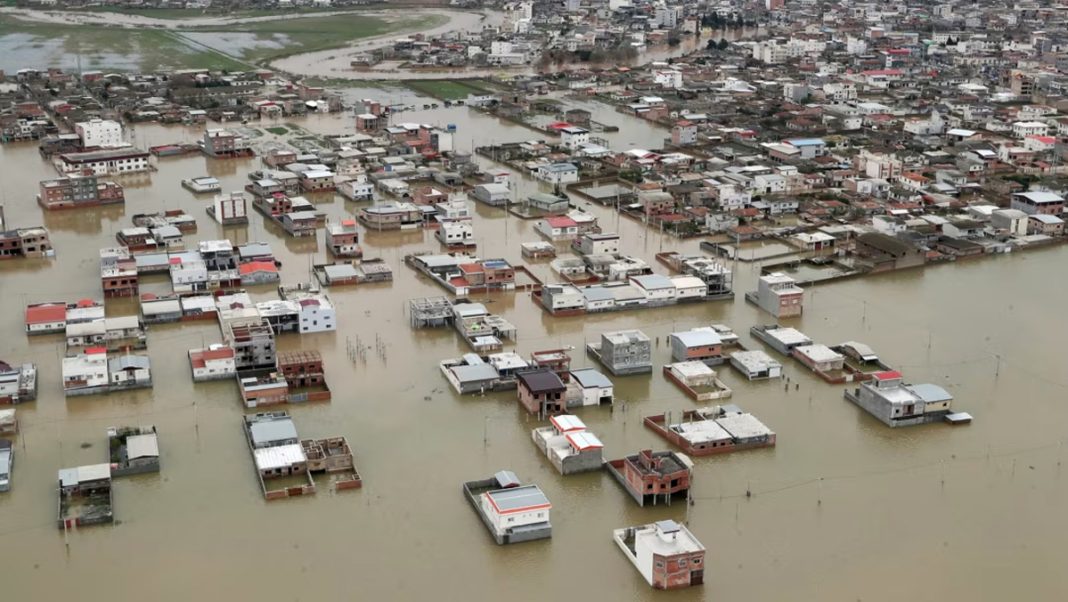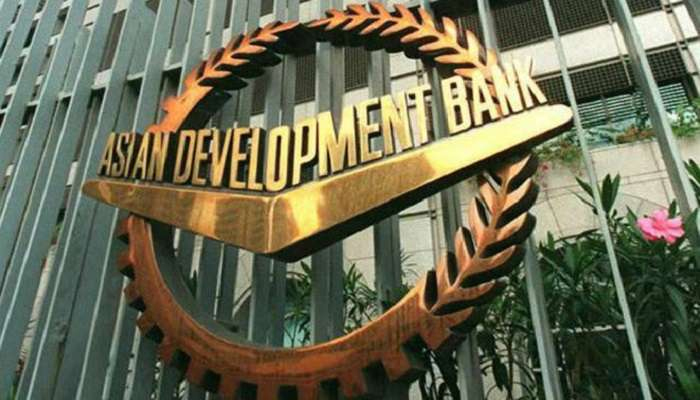Drought-induced flooding has hit western parts of Iran as fears mount that Tehran could be evacuated.
Months of drought have led to the worst water crisis in decades, forcing authorities to launch a “cloudburst” over the weekend, according to Reuters.
The country’s meteorological agency issued flood warnings for six western provinces on Monday and said it expected rain in 18 out of Iran’s 31 provinces.
Iran has received 85 percent less rainfall than average overall, causing reservoirs to dry up and water supplies to be cut off in many areas, including parts of the capital Tehran.
Mismanagement, illegal well drilling and ineffective agricultural practices have exacerbated the crisis, which officials say is being made worse by climate change.
Prolonged and severe dry conditions increase the risk of flash floods, as the soil’s ability to absorb water decreases during drought.
Iranian media have shared videos of mild flooding in western provinces such as Ilam and some cities in Kurdistan.
On Saturday, Iran carried out its first ‘cloud seeding’ of the year, over the catchment area of Lake Urmia, located in the northwest of Iran and further north of where the flooding was first reported, the Young Journalists’ Club (YJC) reported.
Cloud seeding is a process in which chemicals are injected into clouds to increase rainfall, especially in environments where water is severely scarce.
However, the technique can only be used when environmental conditions are favorable, and it can only be used as a temporary solution.
In addition to the high cost of cloud seeding, the amount of rainfall it produces is not even close to the amount needed to solve our water crisis, Sahar Taj Bakhsh, head of Iran’s Meteorological Organization, told state TV on Sunday.
The YJC report added that the conditions required for cloud seeding do not yet exist in Tehran, where officials say the city will soon become uninhabitable if the country’s ongoing drought continues.
Water crisis in Iran’s capital
The water crisis in Iran’s capital, Tehran, has become so severe that the government has declared a state of emergency.
Iranian President Masoud Pazishkian warned on state TV that Tehran could face a severe water shortage if it does not rain in the coming days, the worst drought in 60 years. In his speech on November 6, President Pazishkian said that water rationing would be implemented in late November or early December, and that if it does not rain by then, Tehran could be evacuated.
“If there is no rain despite rationing, the water will run out completely, and citizens will have to leave Tehran,” he said. The city, which has a population of about 10 to 14 million, relies on five major dams that have now reached historic lows.
According to Tehran’s water company, the largest reservoir that supplies the capital now holds only 14 million cubic meters of water, down from 86 million cubic meters in the same period last year. The crisis is not limited to Tehran but is affecting all of Iran, where more than 90 percent of water is used for agriculture, which accounts for just 12 percent of GDP. President Pazishkian has blamed the policies of previous governments, climate change and overuse on the problem.
Iran has been suffering from six consecutive years of drought, and the water year ending in September this year was the driest on record, with just 2.3 millimeters of rain falling through early November, 81 percent below the historical average.
Experts say a complete evacuation of the city would be a last resort and practically impossible, but the president’s warning reflects the severity of the economic sanctions and environmental problems. The government has also focused on theories of water conservation and cloud theft, while citizens have been forced to buy water storage tanks.
It should be noted that Iran’s water crisis following the heatwave is not simply the result of low rainfall. Dozens of critics and water experts have told state media in recent days that decades of mismanagement, including the overbuilding of dams, the drilling of illegal wells and inefficient agricultural practices, have depleted the country’s water reserves.




